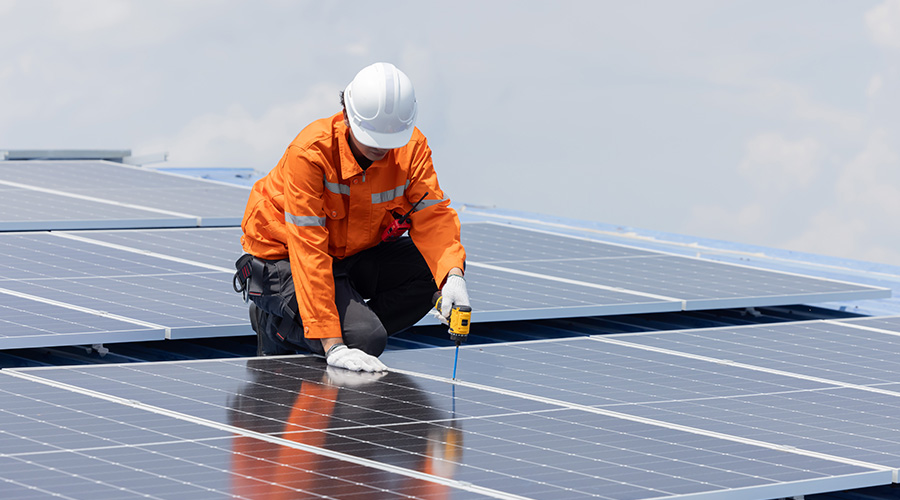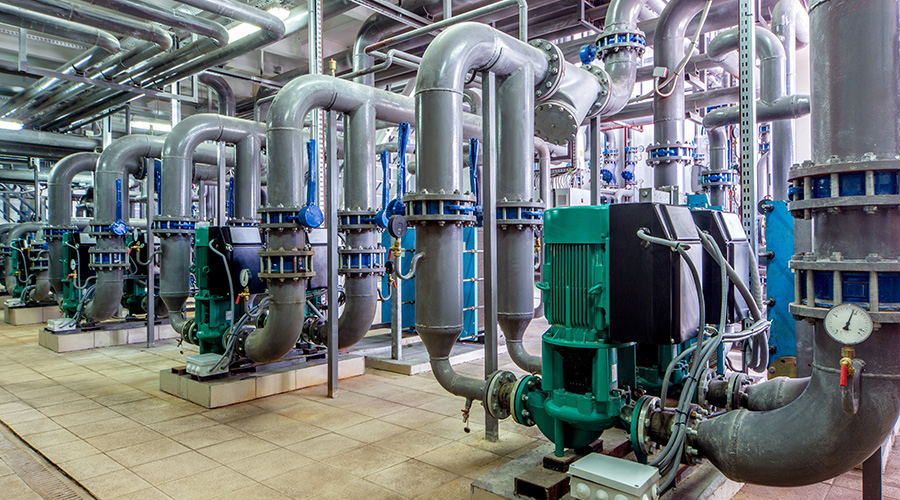Portable Cooling: Strategies for Mission-Critical Facility Operations
Maintenance and engineering managers are facing rising expectations when it comes to building services, particularly in those areas with equipment and operations that require round-the-clock cooling. For many of these applications, a loss of cooling would hamper operations or force a complete shutdown, either of which would have a significant financial impact on the operation and the organization.
But when managers consider the impact of utility outages, they have focused most of their attention on electrical outages. Lose electricity, and the operations shut down. That is the reason many areas that house essential operations have dual electrical feeds or alternative power from standby generators. Mission-critical operations might even have an uninterruptible power supply to eliminate even minor power disruptions.
Unfortunately, many managers have not paid the same attention to the impact on these operations should a facility's cooling system fail. Facilities that house telecommunications or large computer operations demand cooling year round. And just as with the loss of electricity in facilities, the loss of cooling to such equipment would force managers to shut down systems and operations to prevent damage to sensitive components.
Unlike electrical systems in such applications, most cooling systems do not have built-in backup. Even the failure of a simple component can kill the entire system. If that occurs, managers will simply be out of luck, and it might take days or even weeks to put the required replacement cooling systems in place.
Expanding Cooling Options
The need for backup cooling systems for mission-critical equipment and operations has led to the development of a range of portable-cooling systems that are designed for temporary use as a backup system in case of emergency, or as a supplemental system to meet temporarily high loads.
Self-contained, fully mobile units mounted on wheels are available with cooling capacities of up to 5 tons. The units are small enough to fit through doorways and can operate practically anywhere in a building. A flexible duct carries heat from the units through a window or into an unoccupied space close by.
Larger-capacity units mounted on trailers can be set up outside a facility. The units, which deliver conditioned air to the space through a flexible duct, can be air-cooled or water-cooled, depending on the size of the system and the availability of local utility connections. Some units come with their own generator if the facility does not have sufficient electrical capacity.
Related Topics:














